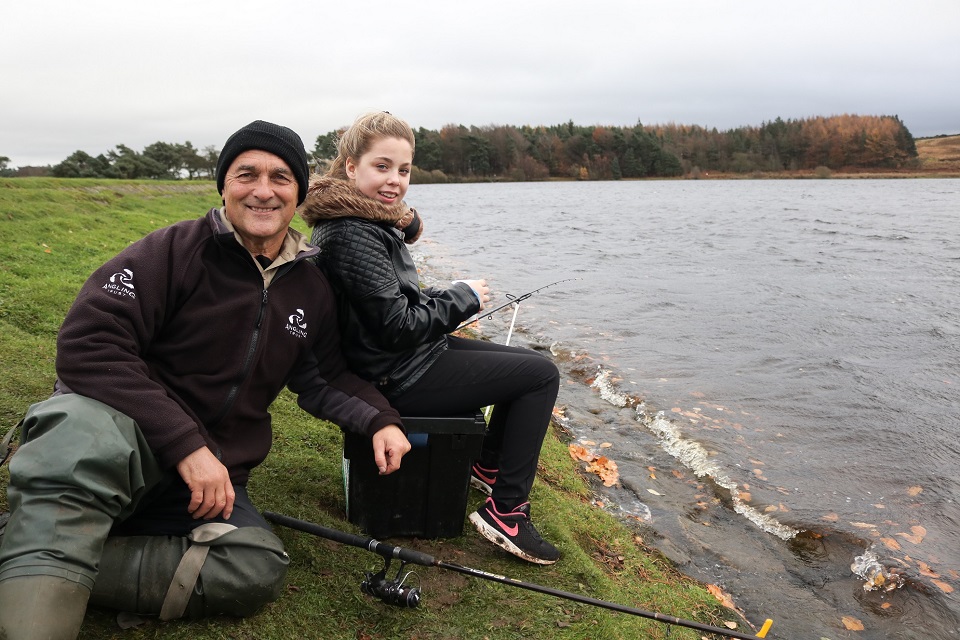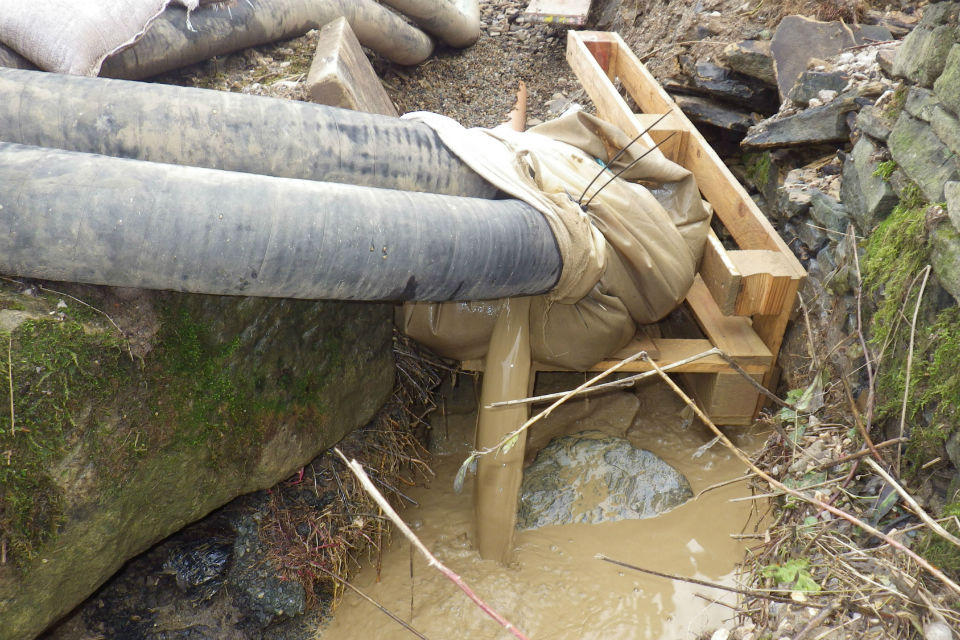The Bennions of Rosehill Farm, Dymock, were each fined £5,500 and each ordered to pay £25,798 in costs along with a victim surcharge of £170.
More than 15,200 fish were killed as a result of the incident in which hundreds of tonnes of digestate were discharged into the river. Fish killed including brown trout, chub, eel, dace, roach, lamprey, and bream. The Bennions are the sole partners of the partnership that own and run Rose Hill Farm.
The incident, on the 22 July 2016, occurred when an employee was instructed by Mark Bennion to fertilise one of the orchards. The employee turned on the irrigation system designed to take the digestate fertiliser from a lagoon to the orchard.
However, he had not physically checked and therefore did not know that the valve linked to the standpipe in another field was partly open. As a result, when the fertiliser entered the irrigation system, it discharged out of the standpipe, across the field and into the Preston Brook.
The discharge pump operates at 100 tonnes an hour, therefore a very large amount of polluting digestate entered the watercourse. The discharge was the worst in 10 years in the area.
Mark Bennion liaised with Environment Agency officers and submitted a proposal for dredging the brook in order to remove all contaminates. This was completed on 12 August 2016.
Surveys conducted after the incident show the fish population within the watercourse have been significantly adversely impacted. The Leadon is an important habitat for eels and a significant number of adults were lost as a result of the pollution.
In passing sentence, the Magistrates sought to achieve a balance between the major adverse impact on the watercourse and the powerful mitigation put forward on the defendants’ behalf. The Bennions were both previously of good character, with no previous convictions, and co-operated with the Environment Agency immediately after the incident. Their remorse was evident throughout the investigation and court hearing.
Since the incident the Environment Agency have restocked the river with more than 15,000 fish. The restocking process will continue over the next 4 years.
Speaking after the case an Environment Agency spokesperson said:
Agriculture uses 70% of the land in England and farmers have a major impact on the environment. Most farmers act responsibly and we work with the industry to respond to incidents, tackle the root causes of pollution and promote good practice.
But where farmers are responsible for serious pollution incidents, we will not hesitate to take enforcement action, including prosecution. Agriculture is the single biggest source of serious pollution incidents and all farmers have a duty to prevent it.
This was one of the worst pollution incidents on a watercourse in the Herefordshire and Gloucestershire area in the last 10 years. It significantly affected a stretch of the River Leadon catchment.
We are pleased that the court has accepted the seriousness of the case and imposed appropriate penalties.
We appreciate reports from the public to the Environment Agency’s Incident Hotline on 0800 80 70 60 which allows our staff to respond swiftly to protect people, wildlife and the environment – and also to investigate environmental offences which may have occurred.
Link: Press release: Couple ordered to pay over £62,000 for River Leadon pollution
Source: Environment Agency






